What is it that LED/led lights on Zigbee offer? Control with the Home Assistant
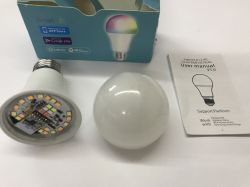 .
.
Here I will test the eWeLink LED light controlled wirelessly via the Zigbee protocol. I will pair it with Home Assistant and see what its integration with Zigbee2MQTT offers.
I purchased the LED bulb, also incorrectly known as the 'LED bulb', from a Chinese portal with free shipping for around £20. After two weeks, I received such a box:
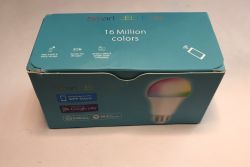
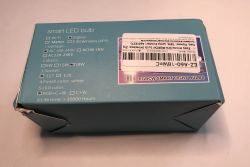
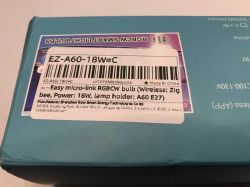 .
.
The packaging is very generic and designed for different versions of the product. Only you can see that the employee marks in squares which version we have inside.
The markings on the packaging are EZ-A60-18W=C. The A60 model is very popular and also used in WiFi-controlled products.
There is also a manual inside. It tells us how to activate the pairing mode if it does not start up by itself. All you need to do is to do three on/off cycles, each transition with a second pause.
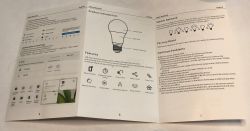
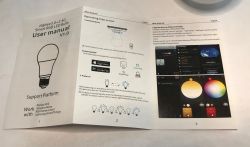 .
.
I connected the power supply. The light started flashing:
It was immediately detected by the HA:
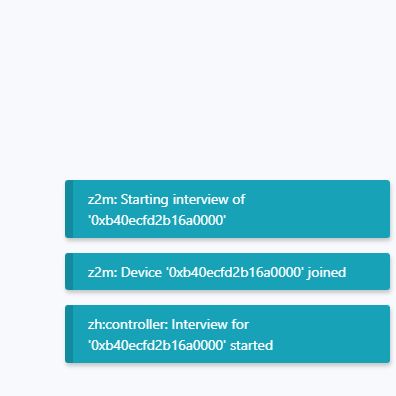 .
.
The model detected is CK-BL702-AL-01.
 .
.
HA information:
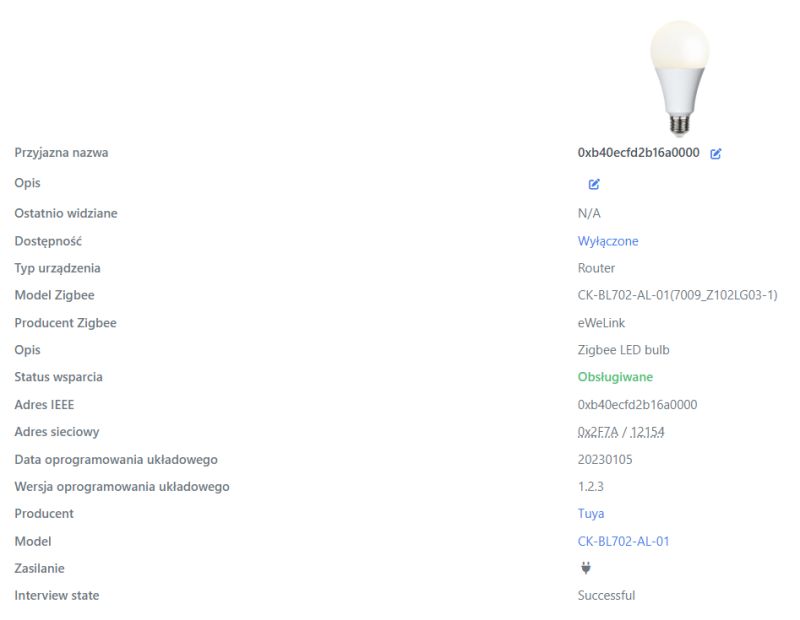 .
.
This product is mains-powered, so is a Zigbee router. It extends the range.
control panel:
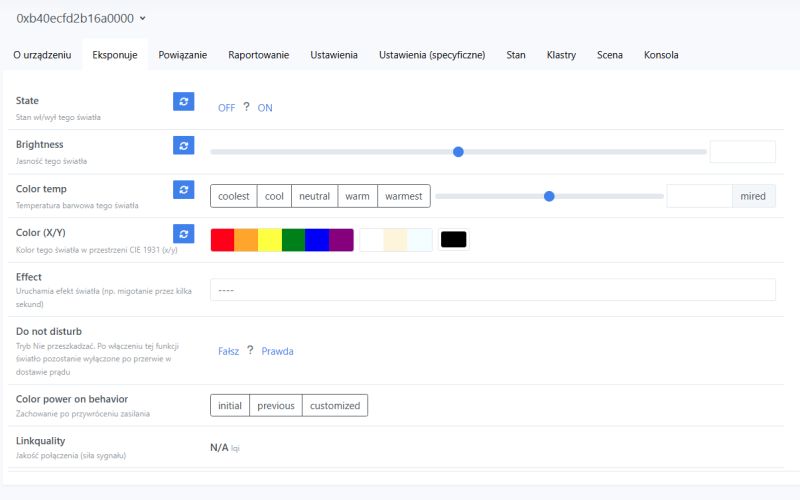 .
.
Here we have the available options:
- State - switching the light on/off
- Brightness - brightness of the light
- Color temp - colour temperature (from cool to warm)
- Color (X/Y) - colour selection (colour palette)
- Effect - light effects (e.g. flickering)
- Do not disturb - when this function is activated, the light will be switched off when power is restored
- Color power on behaviour - maintains colour after switching on
- Linkquality - connection quality
Not everything works, however. The animations work strangely to say the least. Only blink works for me.
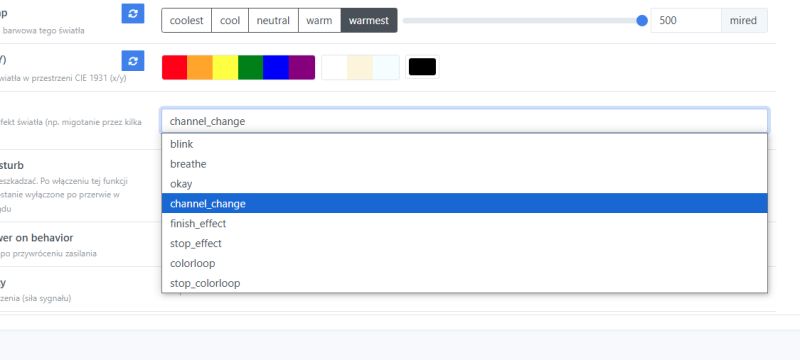 .
.
I also can't set the start colour, even though I select 'customized':
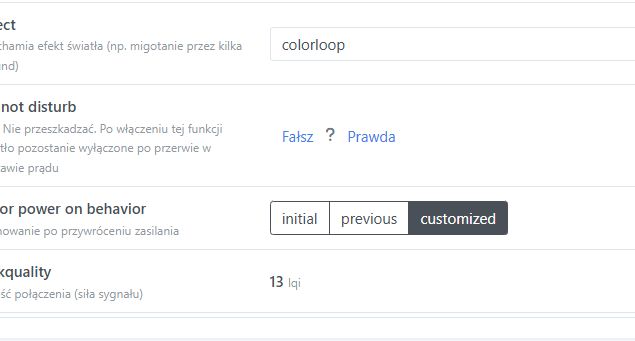 .
.
The rest works ok.
Specific settings are also available - e.g. transition time:
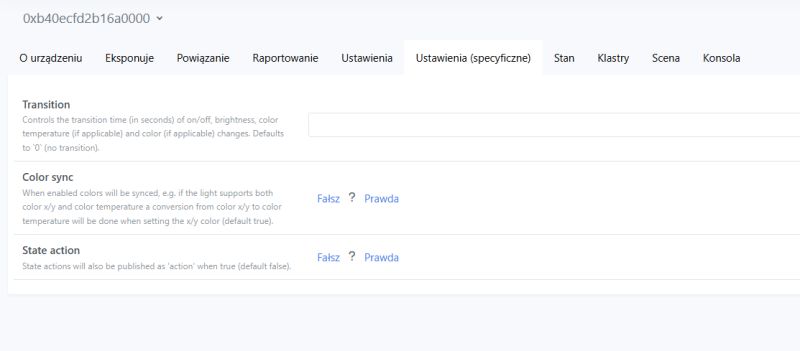 .
.
Transition time works, it's a convenient option. What I don't know, however, is what 'state action' is.
State as JSON:
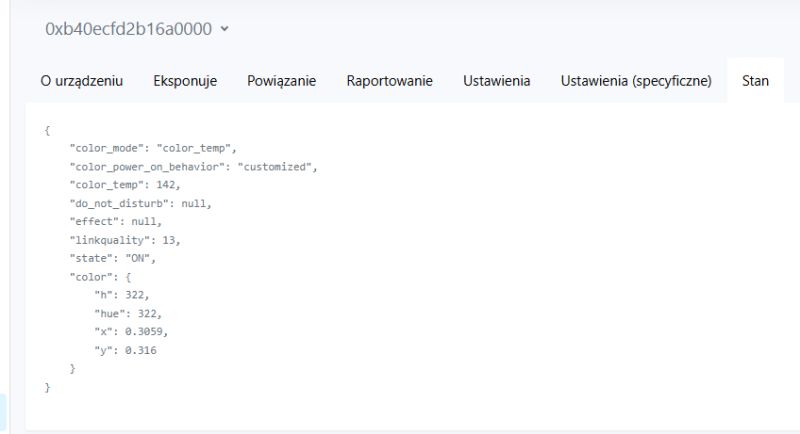 .
.
This is what the light on the HA panel looks like:
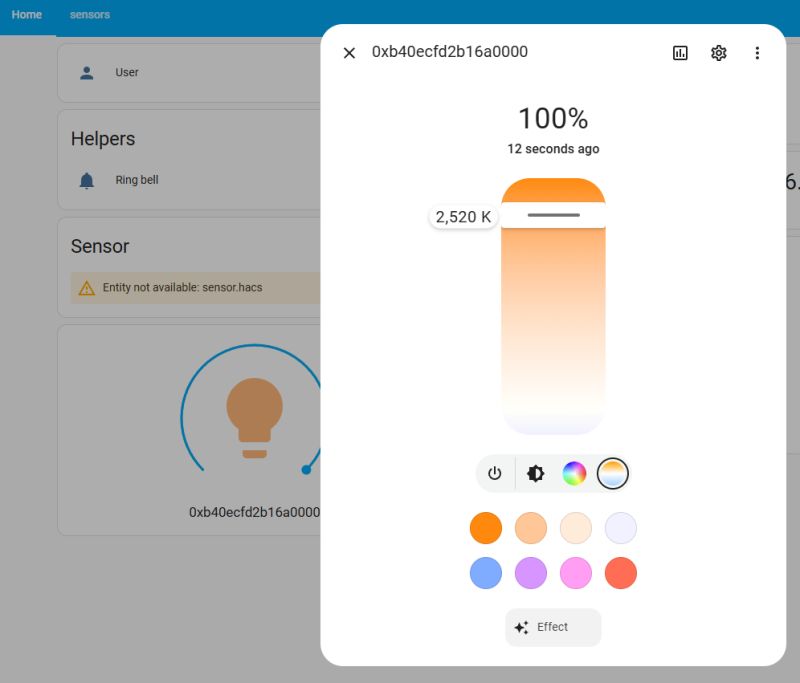 .
.
Finally, I checked the inside of the product.
For Zigbee-based devices this is not necessary for anything, I just did it out of curiosity. I removed the dome:
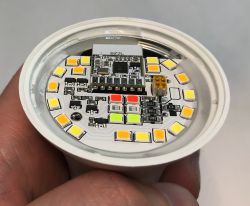

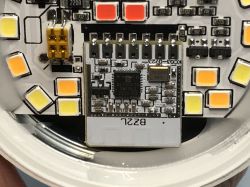 .
.
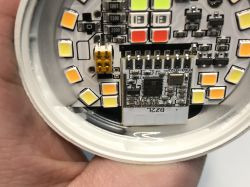
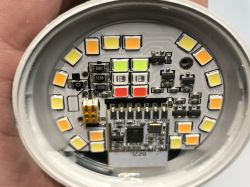
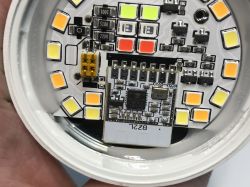 .
.
The whole assembly is based on the BZ2L module, or BL702. This module controls five transistors via PWM, one per channel. The module reminds me of the BW2L, or its equivalent on WiFi:
Instructions for flashing the eWeLink RGBCW lamp series - module leads BW2L, BL602 .
The Z in the name stands for Zigbee and the W stands for WiFi.
You can read and write its Flash memory using this method:
How to read and back up the flash memory of a BL602/BL702/etc device using BLDevCube?.
However, it needs to be soldered beforehand, as its programming pads are on its underside.
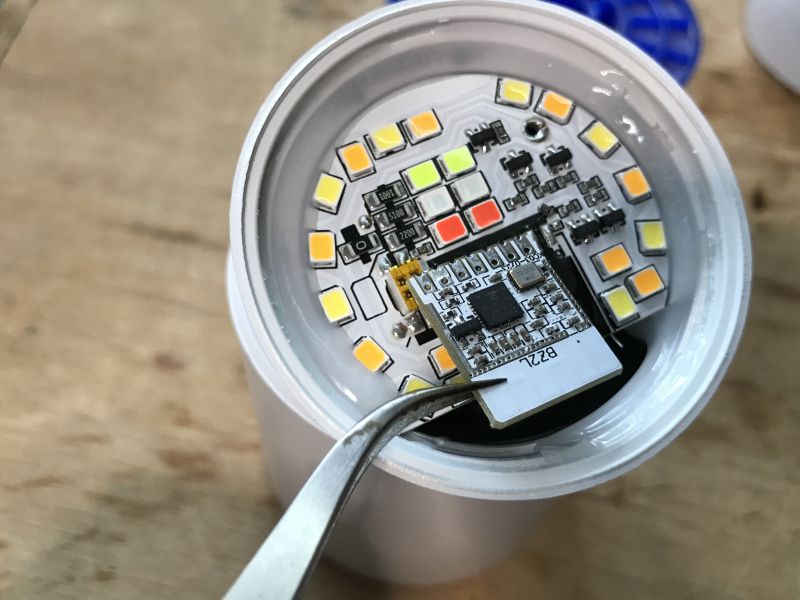 .
.
I have posted a copy of his batch on my repository:
https://github.com/openshwprojects/FlashDumps/tree/main/IoT/BL702
In summary , the product is trouble-free to get up and running and to use. I basically just plugged it in and Home Assistant detected it by itself. I didn't even have to reset.
In terms of functionality, I have my doubts about some of the less popular options, but I would rather not use them anyway, so no problem.
On the downside, the only thing I felt was that the whole thing heats up quite a bit at full brightness, but that's an acute problem with most LED lights.... everything is often made to last, and a slight reduction in the current of the LEDs can extend the life of the product considerably.
Do you use LED lights with Zigbee communication, and if so, for what? How do you deal with the 'switch in the wall shuts off the LED light completely and then you can't turn it on from HA' problem?



Comments